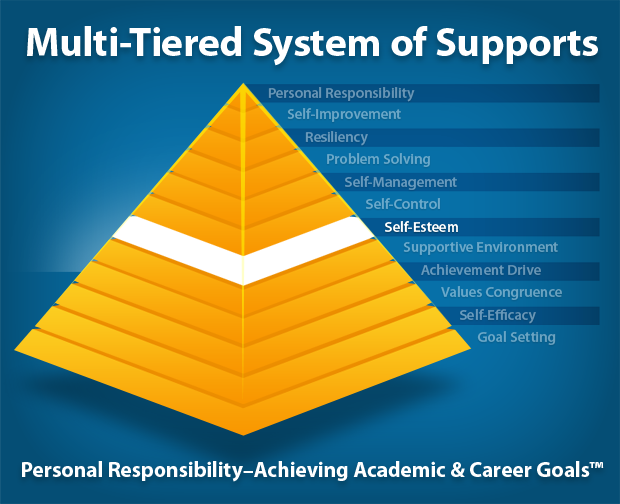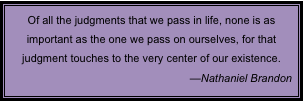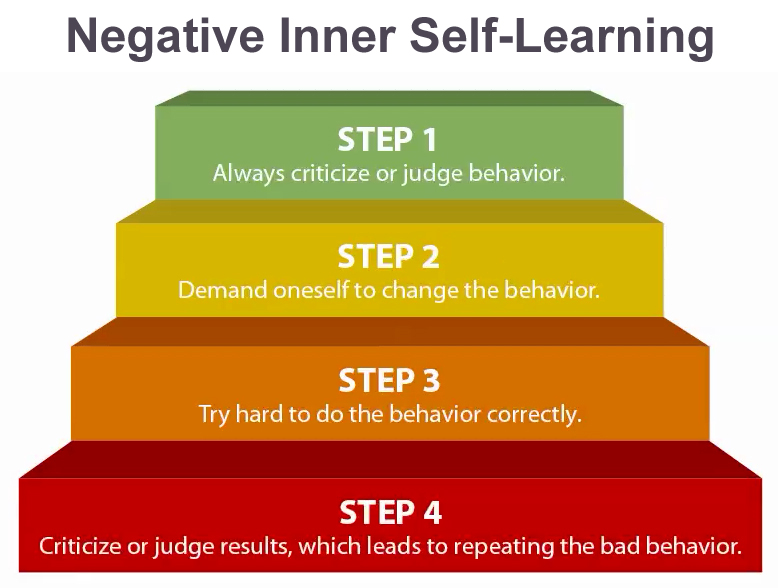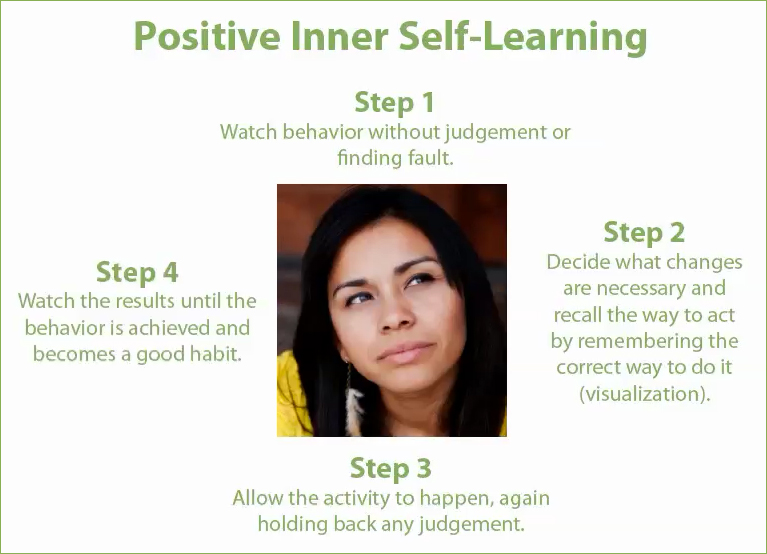
A computer is made up of two main components: Hardware and software. Both are necessary for the computer to operate successfully. Without hardware your computer would not exist and software would have nothing to run on, and without software, you would simply have a machine, incapable of performing any kind of meaningful work.
Multi-Tiered System of Supports or MTSS is an evidence-based model of schooling that uses data-based problem solving to integrate academic and behavioral instruction and intervention (Florida’s MTSS Project). Much like a computer requires both hardware and software to function successfully, MTSS proves that students must learn both behavioral skills as well as academic skills in order to be successful. The trend toward incorporating both academic and behavioral instruction into the classroom is growing because you cannot separate academic performance from social/emotional learning. Both are key ingredients for a student’s success in school, the workplace and life in general.
Self-Esteem and Social/Emotional Learning
Perhaps the most basic skill, and the one most often overlooked in social/emotional development, is self-esteem. Self-esteem is the building block for all other characteristics for social/emotional development.
Definition: Self-esteem is the level of personal satisfaction related to attitudes, beliefs and general behavior. Your self-esteem affects the way you react to the world. Simply, it is how well you like yourself at any given time. High self-esteem usually goes hand-in-hand with feelings of self-respect and self-worth. Low self-esteem goes with bad feelings or dislike for oneself.
Some common behaviors that are displayed by individuals with low self-esteem are:
- Poor performance in the classroom
- Quick to anger
- Quick to blame
- Avoiding responsibility
- Difficulty with people in charge
- Difficulty in accepting criticism
- Trying to be perfect
- Excusing one’s failures
- Bragging
- Avoiding close relationships
- Use of drugs and alcohol
- Many other bad behaviors
Self-Esteem Begins at Birth
Research has shown that young children by the age of three to four years old have already created a level of self-esteem that may stay with them the rest of their lives. How can this be? Babies learn about self-esteem through non-verbal messages. Something as simple as how you were treated as a child creates future levels of self-esteem. Once a child understands words, verbal or spoken messages begin to have impact on self-esteem.
Hearing Negative Messages
The messages we keep in our minds are constantly replayed over and over. Often this inner voice tends to attack and judge. People with low self-esteem have a more critical inner voice. With low self-esteem one’s inner voice says, “Things are going badly” even if they are not.
The key thing to remember is self-esteem is learned; low self-esteem can be unlearned and replaced with better thoughts and feelings.
Keys to Improving Self-Esteem
There are many different methods to help someone improve their self-esteem. The most important thing to focus on is your critical inner voice. You know, the voice that speaks to you, in your head, all day long. Learn to replace your inner critic with more positive messages.
Timothy Gallwey, in his book, The Inner Game of Tennis, identified how athletes develop negative or positive inner self learning. Let’s take a look at a simple example of how positive and negative inner 
The negative inner self behaves like an unfriendly fan in the stands. This fan reviews the athlete’s performance with such remarks as, “You screwed up!” “You know how to hit the ball, but you didn’t.” “You dummy, why didn’t you do what you’re supposed to do?”
If the athlete hears these inner statements over and over, they will feed the negative inner self. If the athlete gives in to these false beliefs, he or she performs poorly. The cycle of negativity looks something like this:
Successful athletes, just like successful people, learn to silence or quiet their negative inner voices and replace them with positive inner voices. The positive inner voice is like a good coach. It provides the athlete with good information and positive feelings in a cycle of success that looks like this:
You can download our MTSS Whitepaper to learn more on how to successfully implement our programs into your MTSS strategy. Make sure to download our social/emotional brochure to look into all of our programs to see which one fits best!



